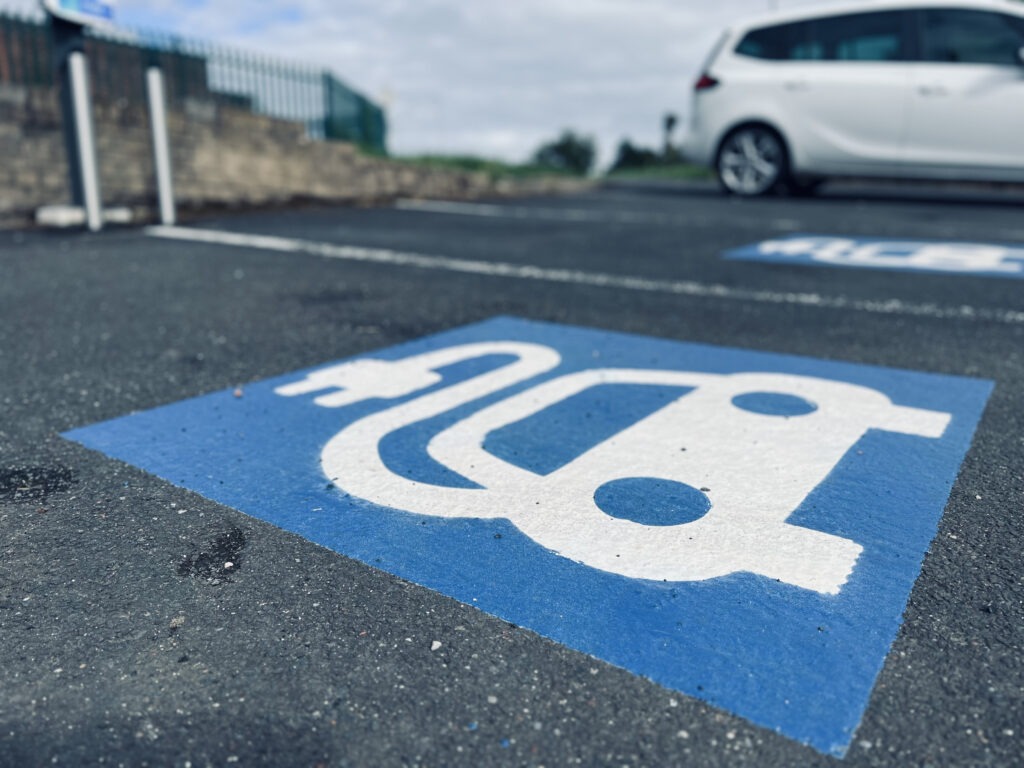Positivity for UK’s light-commercial vehicle market in January
13 February 2024

Both the UK’s new and used light-commercial vehicle (LCV) markets posted positive results in January. Andy Picton, chief commercial vehicle editor at Glass’s (part of Autovista Group), analyses the results.
Registrations of new LCVs grew for the 13th month in a row. Volumes rose 8.4% year on year in January, according to data from the Society of Motor Manufacturers and Traders (SMMT). A total of 23,962 units took to the road, 1,186 (4.9%) of which were battery-electric vehicles (BEVs).
This was the best January for LCVs in three years, coming close to the 24,209 units registered at the beginning of 2021. However, the performance across different sectors was mixed. Pickups recorded an 18.2% increase in registrations, while vans in the 2-2.5 tonnes gross-vehicle weight (GVW) category rose by 60.9%.
Vans weighing less than two tonnes GVW recorded a 19.8% fall in deliveries. Meanwhile, vans in the 2.5-3.5 tonne GVW category saw deliveries drop by 4.5%. Despite this, these vehicles still represented nearly 62% of all units registered in the month.
Ford succeeds in January
Picking up from its positive performance in December 2023, Ford succeeded with a strong start to 2024, topping the best-seller table. The Transit Custom finished first (2,656 units) and the Transit secured second (1,898 units). The Ranger pickup found fifth (1,484 units) and the Transit Connect took 10th (661 units).
From Stellantis, the Vauxhall Vivaro (1,612 units), Citroen Berlingo (1,598 units) and Peugeot Partner (789 units) finished in third, fourth and ninth respectively. The Volkswagen (VW) Transporter slotted into sixth (1,264 units). The Mercedes-Benz Sprinter took seventh (1,235 units) and the Toyota Hilux came eighth with 1,161 units.
All-electric acceleration
A total of 1,186 all-electric LCVs, weighing up to 3.5 tonnes GVW, were registered last month. This equated to year-on-year growth of 19.4% and a market share of 4.9% (from 4.5% in January 2023). The SMMT highlighted that the uptake of less-polluting vehicles will have to accelerate should the UK want to reach its minimum 10% zero-emission vehicle (ZEV) mandate requirement this year.
January saw VW lead the electric LCV market, registering 271 ID.Buzz commercial vehicles (22.8% market share). The Renault Kangoo came second with 191 units (16.1% share) and the Toyota Proace City was third with 104 units (8.7% share). Just behind, the Peugeot e-Expert came fourth with 96 units (8.1% share) and the Citroen eBerlingo was fifth with 88 units (7.4% share).
An additional 116 BEVs weighing above 3.5 tonnes GVW were delivered by Ford, Maxus and Fiat. The Ford E-Transit led the way with 107 units, the Maxus eDeliver 9 recorded eight registrations and the Fiat Ducato one. This meant 1,302 all-electric LCVs took to the roads in January.
Electric LCV adoption
With over 60,000 battery-electric LCVs registered since 2018, the industry is prepared for mass production. However, lower levels of demand are sending out mixed messages, creating a sizeable stumbling block to further adoption. The government will need to provide a raft of measures to help businesses make the ZEV switch.
After reviewing the UK’s electric vehicle (EV) strategy, the Environment and Climate Change Committee published a plan of action. It recommended accelerating the rollout of the country’s charging infrastructure, considering incentives for second-hand BEV sales and the development of a ‘battery health standard’.
Additionally, it pointed towards the reduction of VAT rates for public charging from 20% to 5% in line with domestic power costs. The committee also reviewed enhancing the UK’s manufacturing and battery innovation, as well as investment in vehicle and battery-recycling facilities.
Used LCVs upbeat start
The used-LCV market had an upbeat start to 2024, as transactions increased by 55.4% compared with the previous month. 74.2% of all sales at auction were Euro 6 models, with an average age of nearly 54 months.
The average mileage reached just over 73,000 miles (117,482km) and the average selling price hit nearly £10,200 (€11,990). Electric vans made up just under 1% of all sales at auction, with an average age of 65.2 months. These models clocked up 41,161 miles, achieving a selling price of nearly £7,200 on average.
The volume of sales grew by over 55% in January, with the average sales price increasing by 1.9%. However, this was nearly 15% behind where volumes were a year prior.
The average age of all vehicles sold remained roughly static at 78 months. This was a marginal drop of 0.1 months on December, but exactly the same as in January 2023. The average mileage fell by 0.7% to 82,128 miles. This was 0.1% higher than in January 2023.
Medium vans move
More medium vans were sold at auction than any other vehicle type, accounting for nearly 34.3% of all auction sales. Large vans made up 27.3% and small vans 24.8%. Volumes of 4x4 stock only accounted for 13.6% of sales, but attracted the strongest average prices of £12,266, down £770 on December.
Large vans covered more distance than any other vehicle type, reaching an average of 92,820 miles. This was over 2,950 miles less than December, but over 1,075 miles more than January 2023.
First-time conversion rates decreased to 75.9% in January, sitting 4.9 percentage points lower than at the same point 12 months ago. Broken down, the best conversion rates were recorded in the large panel van sector at 78% (down from 78.2% in December). Meanwhile, the 4x4 pickup sector returned the lowest conversion rate of 72.5% (up from 69.7% in the previous month).
Used vehicles observed for sale in the wholesale market last month increased by 2% to just over 42,600 units. 45% of all vehicles on sale were valued at £20,000 or more, while 36.3% were on sale for between £20,000 and £10,000. At the lower end of the market, those vehicles in the £10,000 to £5,000 price bracket made up 14.8% of sales, while 3.9% were up for less than £5,000.


